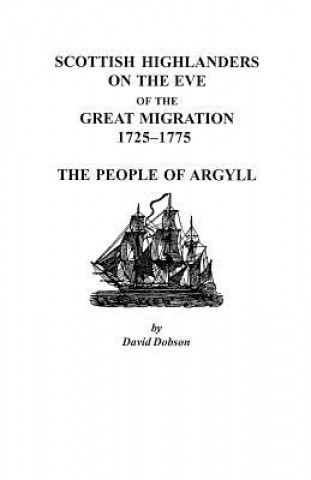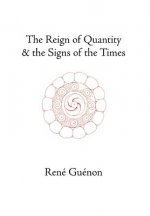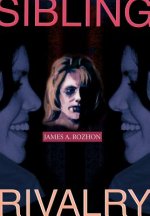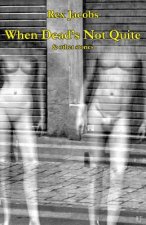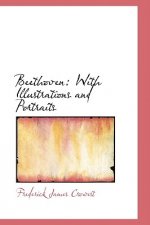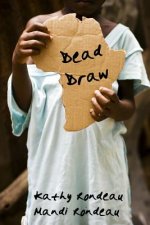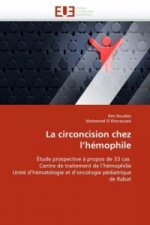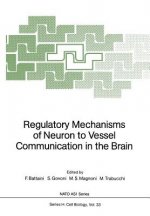
Doručení
Nákupní rádce





Nehodí se? Vůbec nevadí! U nás můžete do 30 dní vrátit
 Dárkový poukaz
V libovolné hodnotě
Dárkový poukaz
V libovolné hodnotě
S dárkovým poukazem nešlápnete vedle. Obdarovaný si za dárkový poukaz může vybrat cokoliv z naší nabídky.
Scottish Highlanders on the Eve of the Great Migration, 1725-1775
 Angličtina
Angličtina
 71 b
71 b
30 dní na vrácení zboží
Mohlo by vás také zajímat


This is the first volume in a new series of books by David Dobson designed to identify the origins of Scottish Highlanders who traveled to America prior to the Great Highland Migration that began in the 1730s and intensified thereafter. The events leading to the Highland exodus are worthy of mention. Much of this emigration was directly related to a breakdown in social and economic institutions. Under the pressures of the commercial and industrial revolutions of the 17th and 18th centuries, Highland chieftains abandoned their patriarchal role in favor of becoming capitalist landlords. By raising farm rents to the breaking point, the chiefs left the social fabric of the Scottish Highlands in tatters. Accordingly, voluntary emigration by Gaelic-speaking Highlanders began in the 1730s. The social breakdown was intensified by the failure of the Jacobite cause in 1745, followed by the British military occupation and repression that occurred in the Highlands in the aftermath of the Battle of Culloden. In 1746, the British government dispatched about 1,000 Highland Jacobite prisoners of war to the colonies as indentured servants. Later, during the Seven Years War of 1756-63, Highland regiments recruited in the service of the British crown chose to settle in Canada and America rather than return to Scotland. Once in North America, the Highlanders tended to be clannish and moved in extended family groups, unlike immigrants from the Lowlands who moved as individuals or in groups of a few families. The Gaelic-speaking Highlanders tended to settle on the North American frontier, whereas the Lowlanders merged with the English on the coast. Highlanders seem to have established "beachheads," and their kin subsequently followed. The best example of this pattern is in North Carolina, where they first arrived in 1739 and moved to the Piedmont, to be followed by others for over a century. Highlanders from particular counties in Scotland, moreover, settled in particular areas in the colonies; for example, those from Argyll tended to emigrate to North Carolina, to upper New York, and later to the Canadian Maritimes. Another factor that distinguishes research in Highland genealogy is the availability of pertinent records. Scottish genealogical research is generally based on the parish registers of the Church of Scotland, which provide information on baptism and marriage. In the Scottish Lowlands, such records can date back to the mid-16th century, but in general Highland records start much later. Americans seeking their Highland roots, therefore, face the problem that there are few, if any, church records available that predate the American Revolution. In the absence of Church of Scotland records, the researcher must turn to a miscellany of other records, such as court records, estate papers, sasines, gravestone inscriptions, burgess rolls, port books, services of heirs, wills and testaments, and especially rent rolls. (Some rent rolls even predate parish registers.) Mr. Dobson's series, Scottish Highlanders on the Eve of the Great Migration, 1725-1775, therefore, is designed to identify the kinds of material that is available in the absence of parish registers and to supplement the church registers when they are available. Scottish Highlanders on the Eve the Great Migration, 1725-1775: The People of Argyll is the first volume in the series; subsequent volumes will focus on Inverness and other Highland districts. While the present volume is not a comprehensive directory of all the people of Argyll during the mid-18th-century, it does pull together references on nearly 3,000 18th-century inhabitants. Coverage extends to all parishes within Argyll, with the exception of the Isle of Jura, which has been dealt with elsewhere in print. In all cases, Mr. Dobson gives each Highlander's name, a place within Argyll (birth, residence, employment,
Informace o knize
 Angličtina
Angličtina




 Jak nakupovat
Jak nakupovat















